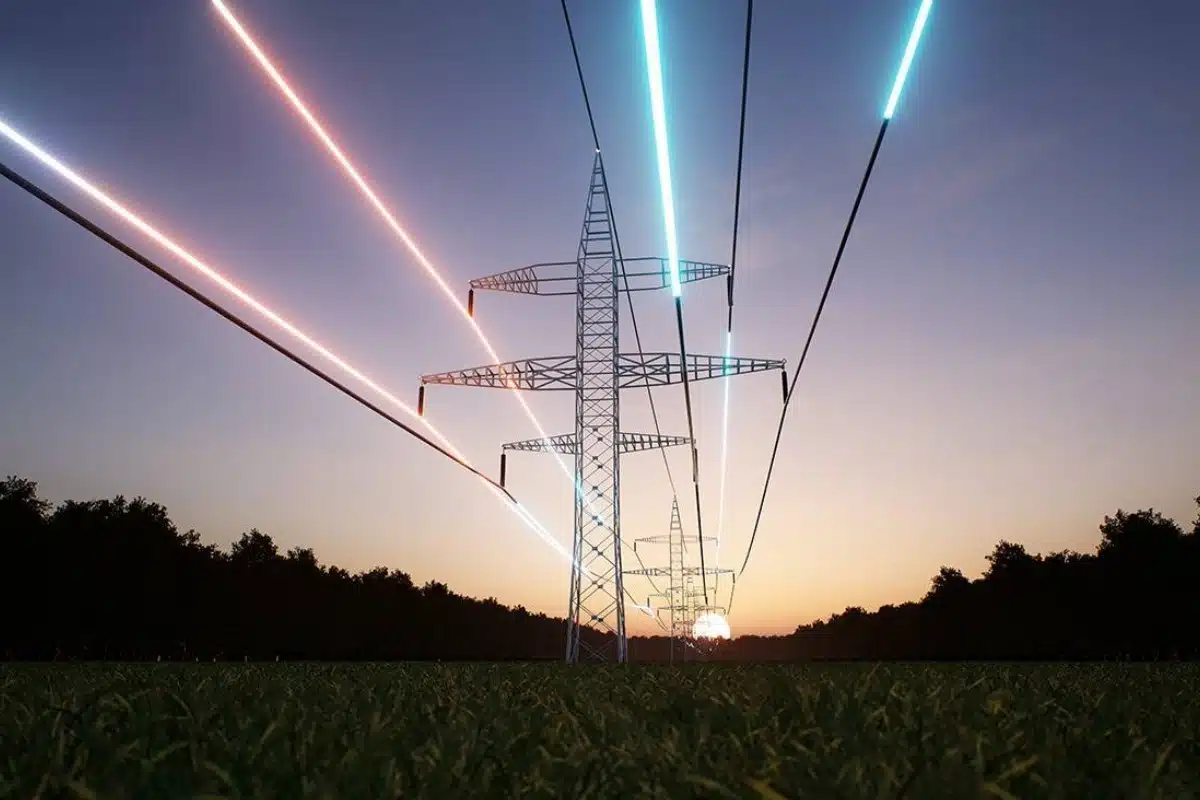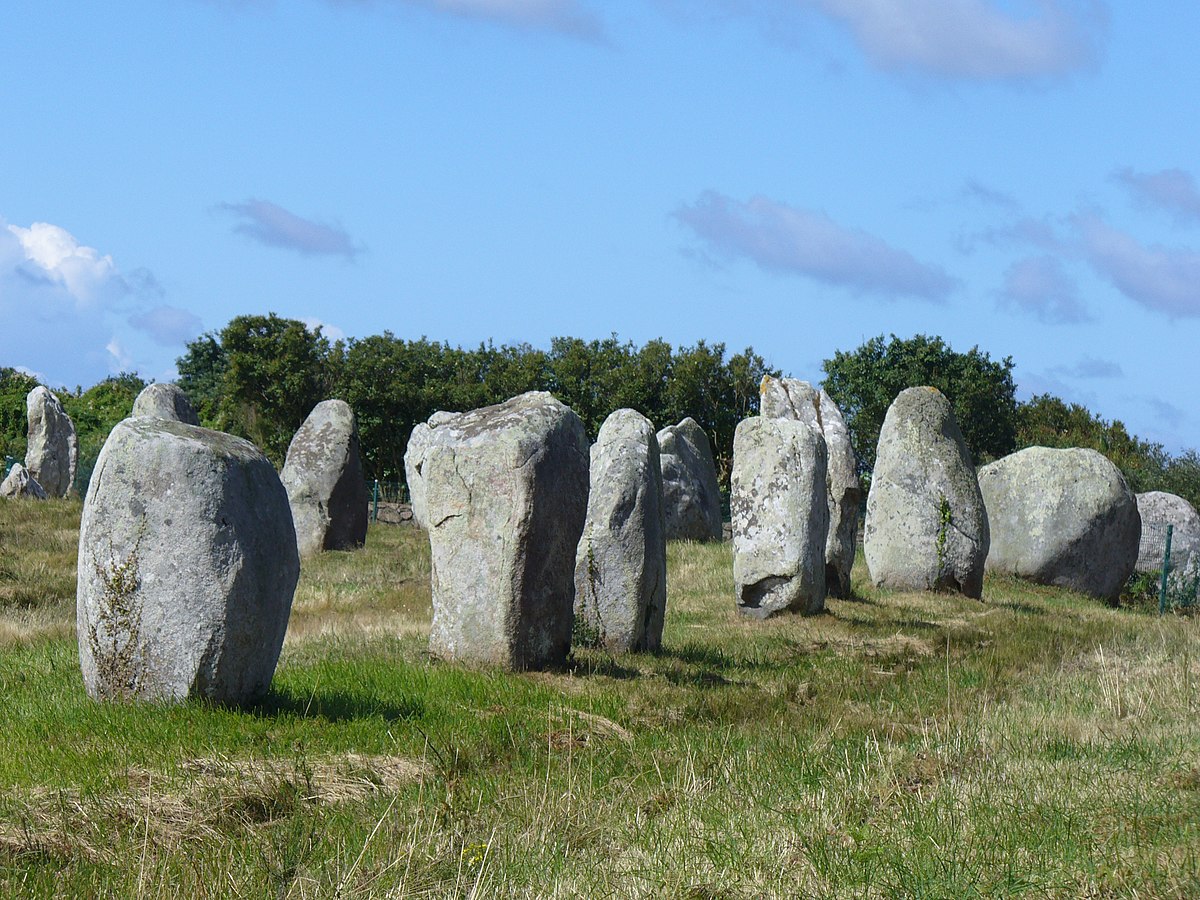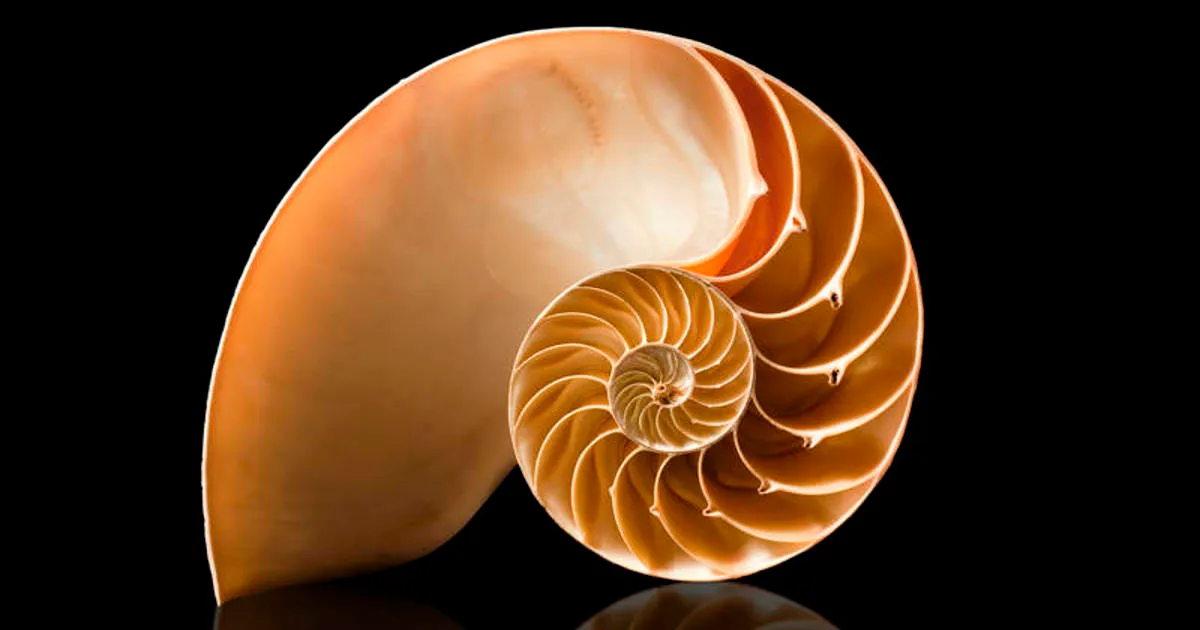Ancient concrete has fascinated engineers and archaeologists for centuries, standing as a testament to the ingenuity of past civilizations. The secrets locked within these ancient binding substances reveal remarkable durability that modern materials often struggle to match.
From the magnificent Pantheon in Rome to the harbors of ancient Mediterranean ports, structures built with ancient concrete continue to defy time. These architectural marvels raise crucial questions about what we might have lost in our quest for modern construction techniques and how ancient wisdom can revolutionize contemporary building practices.
🏛️ The Marvel of Roman Concrete: A Legacy That Endures
Roman concrete, known as opus caementicium, represents one of humanity’s most remarkable engineering achievements. Unlike modern Portland cement, which can deteriorate within decades when exposed to harsh conditions, Roman concrete structures have survived for over two millennia. The secret lies not in a single ingredient but in a sophisticated understanding of chemical reactions and material science that ancient builders possessed.
The Romans developed their concrete mixture using volcanic ash, lime, seawater, and volcanic rocks. This combination created a material that actually strengthened over time, particularly when exposed to seawater. Modern scientists have discovered that the interaction between seawater and volcanic minerals produces aluminum tobermorite crystals, which reinforce the concrete’s structure as years pass.
Research conducted by the University of California, Berkeley, and the Italian National Research Council revealed that Roman maritime concrete continues to develop crystalline structures even after 2,000 years. This self-healing property represents a stark contrast to modern concrete, which typically begins degrading almost immediately after construction.
Decoding the Ancient Recipe: Key Ingredients Revealed
The foundation of ancient Roman concrete success rested on three primary components that worked in perfect harmony. Understanding these ingredients provides insight into why their structures have outlasted modern counterparts.
Volcanic Ash: The Secret Weapon
Pozzolana, volcanic ash from the region around Mount Vesuvius, served as the cornerstone ingredient. This ash contained high levels of silica and alumina, which reacted with lime to create incredibly strong bonds. The Romans recognized different qualities of volcanic ash from various locations, selecting specific types for different applications.
The chemical composition of pozzolana allowed for hydraulic reactions, meaning the concrete could set and harden even underwater. This property proved essential for constructing harbors, aqueducts, and other structures exposed to moisture. Modern scientists have identified that the reactive silica in volcanic ash creates what’s known as calcium-silicate-hydrate (C-S-H) bonds, which are exceptionally durable.
Lime: The Binding Force
Quicklime, produced by heating limestone to extremely high temperatures, acted as the primary binder. When mixed with water, quicklime undergoes an exothermic reaction, creating slaked lime or calcium hydroxide. The Romans perfected the ratio of lime to volcanic ash, typically using one part lime to three parts pozzolana for optimal strength.
The quality of lime varied depending on the limestone source and burning techniques. Roman engineers developed sophisticated kilns that could reach temperatures of 900-1000 degrees Celsius, ensuring complete calcination of limestone. This attention to detail in preparation significantly impacted the final concrete’s performance.
Seawater and Aggregate: The Supporting Cast
Contrary to modern construction wisdom that advises against using seawater in concrete, Romans embraced it, particularly for maritime structures. The seawater triggered chemical reactions with volcanic ash that produced crystals strengthening the concrete matrix. They also incorporated various aggregates, including volcanic rocks, broken pottery, and brick fragments, creating a composite material with diverse structural properties.
🔬 Modern Science Meets Ancient Wisdom
Contemporary researchers have employed cutting-edge technology to analyze ancient concrete samples at molecular levels. Using techniques like X-ray diffraction, scanning electron microscopy, and synchrotron radiation, scientists have uncovered remarkable details about the material’s composition and behavior.
Studies published in American Mineralogist revealed that Roman concrete contains a rare mineral called aluminum tobermorite, which forms through prolonged exposure to seawater. This mineral provides exceptional strength and durability, growing denser over time rather than deteriorating. The discovery has prompted researchers to explore ways of incorporating similar properties into modern concrete formulations.
Marie Jackson, a geologist at the University of Utah, spent years studying Roman concrete samples from various ancient structures. Her research demonstrated that the Romans’ use of specific volcanic materials wasn’t accidental but represented sophisticated geological knowledge. They understood which volcanic deposits produced the best results for different applications.
Comparing Ancient and Modern Concrete Technologies
The differences between ancient Roman concrete and modern Portland cement extend beyond simple ingredient lists. They represent fundamentally different approaches to construction and material science.
| Characteristic | Roman Concrete | Modern Concrete |
|---|---|---|
| Primary Binder | Lime and volcanic ash | Portland cement |
| Reaction with Seawater | Strengthens over time | Deteriorates rapidly |
| Carbon Footprint | Low (lime production) | High (cement production) |
| Typical Lifespan | 2000+ years proven | 50-100 years typical |
| Self-Healing Properties | Yes, through mineral growth | Limited or none |
Modern concrete relies on Portland cement, invented in the 19th century, which creates strong initial bonds but lacks the long-term durability of Roman concrete. Portland cement production requires heating limestone and clay to 1450 degrees Celsius, consuming enormous energy and producing approximately 8% of global CO2 emissions. In contrast, Roman lime production required lower temperatures and generated significantly less carbon dioxide.
Environmental Benefits: Ancient Solutions for Modern Problems 🌍
The environmental implications of returning to ancient concrete techniques could be transformative. The construction industry faces mounting pressure to reduce its carbon footprint, and Roman concrete offers a sustainable alternative worth exploring seriously.
Portland cement production accounts for a staggering portion of industrial carbon emissions. If the construction industry could adopt modified Roman concrete techniques, reducing cement use by even 25%, the environmental impact would be substantial. Researchers estimate this could prevent hundreds of millions of tons of CO2 from entering the atmosphere annually.
Beyond carbon emissions, Roman concrete’s exceptional durability means structures require less frequent replacement and repair. This longevity translates to reduced resource consumption over centuries. Modern infrastructure, particularly in marine environments, demands constant maintenance and eventual replacement, consuming resources and energy continuously.
Challenges in Reviving Ancient Techniques
Despite the clear advantages, implementing ancient concrete formulations faces significant obstacles. Modern construction standards, building codes, and established supply chains all favor conventional Portland cement. The construction industry’s conservative nature and regulatory frameworks make revolutionary changes difficult.
Material Sourcing and Standardization
Roman concrete’s effectiveness depended heavily on specific volcanic ash types. While volcanic deposits exist globally, replicating the exact chemical composition of Italian pozzolana proves challenging. Different volcanic sources produce ash with varying properties, requiring extensive testing and standardization before widespread adoption becomes possible.
Modern construction demands consistency and predictability. Roman builders had flexibility in adjusting mixtures based on available materials and specific project requirements. Today’s building codes require precise specifications and predictable performance characteristics, which ancient techniques’ variability might struggle to meet without significant research and development.
Setting Time and Construction Speed
Roman concrete took considerably longer to achieve full strength compared to modern Portland cement. While this slow curing contributed to its long-term durability, contemporary construction schedules often cannot accommodate extended setting periods. Projects face tight deadlines and financial pressures that favor rapid construction methods.
However, researchers are exploring modified formulations that maintain Roman concrete’s beneficial properties while achieving faster initial strength gain. These hybrid approaches might offer the best compromise between ancient durability and modern construction requirements.
🏗️ Contemporary Applications and Innovations
Several pioneering projects worldwide are experimenting with Roman-inspired concrete formulations. These initiatives demonstrate practical applications and help identify optimal use cases for ancient techniques in modern contexts.
The University of California developed a concrete mixture incorporating volcanic ash and seawater for marine applications. Testing in real-world ocean conditions showed promising results, with samples displaying improved resistance to cracking and erosion compared to conventional marine concrete. This research could revolutionize harbor construction, offshore platforms, and coastal infrastructure.
In Europe, restoration projects on historical Roman structures have provided valuable opportunities to study ancient concrete in situ. Engineers working on the Pantheon’s preservation learned techniques for creating compatible repair materials that honor original construction methods while meeting modern safety standards.
The Chemistry of Longevity: Understanding Molecular Bonds
The microscopic world of ancient concrete reveals why these materials perform so exceptionally. At the molecular level, Roman concrete’s strength derives from complex crystalline structures that develop and strengthen over time through ongoing chemical reactions.
When seawater permeates Roman maritime concrete, it dissolves volcanic ash components, releasing silica and alumina. These elements react with calcium from lime to form calcium-aluminum-silicate-hydrate (C-A-S-H) minerals. Unlike modern concrete’s calcium-silicate-hydrate (C-S-H) structure, which remains relatively stable, C-A-S-H continues evolving, creating increasingly dense and strong crystalline formations.
This chemical process essentially makes Roman concrete a living material that improves with age, provided it remains in contact with seawater. The aluminum tobermorite crystals that form act as reinforcing fibers within the concrete matrix, much like modern fiber-reinforced composites but occurring naturally through geological processes.
Lessons Beyond Concrete: Ancient Engineering Philosophy
The story of Roman concrete extends beyond chemical formulations to encompass broader lessons about sustainable engineering and working with natural processes rather than against them. Ancient builders demonstrated remarkable patience and understanding of material behaviors over extended timeframes.
Modern engineering often prioritizes immediate performance and short-term economic considerations. Roman approaches valued longevity and durability, accepting slower construction in exchange for structures that would serve countless generations. This philosophical difference reflects fundamentally different relationships with time, resources, and environmental impact.
The Romans also showed remarkable adaptability, modifying concrete mixtures based on local materials and specific structural requirements. Rather than imposing standardized solutions everywhere, they worked with regional geological resources, creating site-specific formulations. This localized approach reduced transportation costs and environmental impact while producing optimal results.
💡 Future Directions: Bridging Past and Present
The revival of ancient concrete techniques represents more than historical curiosity—it offers genuine solutions to contemporary challenges. Ongoing research continues revealing new insights that could transform construction practices fundamentally.
Scientists are developing synthetic alternatives to volcanic ash that replicate its chemical properties, potentially making Roman-style concrete viable worldwide. Industrial waste products, including fly ash from coal combustion and slag from steel production, show promising characteristics similar to pozzolana. Using these materials in concrete production addresses waste disposal challenges while creating superior building materials.
Nanotechnology research explores ways to accelerate beneficial mineral formation in Roman-inspired concrete, potentially overcoming the slow-setting limitation. By introducing carefully designed nanoparticles that seed crystal growth, researchers hope to achieve both rapid initial strength and long-term durability improvement.
The integration of Roman concrete principles with modern innovations like fiber reinforcement, admixtures, and advanced curing techniques could produce hybrid materials superior to either ancient or contemporary formulations alone. This synthesis of old and new represents the most promising path forward.
Preserving Knowledge for Future Generations
As we uncover ancient concrete secrets, preserving and sharing this knowledge becomes crucial. Educational programs, interdisciplinary research initiatives, and public awareness campaigns all play roles in ensuring these valuable techniques don’t remain buried in academic journals.
Universities worldwide now offer specialized courses combining archaeology, materials science, and engineering to study ancient building techniques. This interdisciplinary approach trains new generations of researchers and practitioners who can bridge historical knowledge and contemporary applications effectively.
The lessons from ancient concrete extend far beyond construction, reminding us that innovation doesn’t always mean inventing something entirely new. Sometimes, the most revolutionary advances come from rediscovering and adapting wisdom that previous generations understood but we’ve forgotten. As we face mounting environmental challenges and seek sustainable solutions, looking backward might be the best way forward. The enduring strength of structures built two millennia ago stands as proof that ancient builders possessed knowledge worth recovering, studying, and applying to build a more sustainable future.
Toni Santos is a visual researcher and educational designer specializing in tactile learning tools, exploring how hands-on, sensory experiences can illuminate ancient construction techniques, lost technologies of early civilizations, sacred geometries and earth alignments, and mysterious energy sources. Through embossed maps, textured models, and handcrafted manipulatives, Toni investigates how physical interaction deepens understanding, memory, and creativity, while uncovering the subtle ways these tools convey knowledge across cultures and ages. Blending design theory, educational psychology, and archival research, Toni curates case studies, visual explorations, and instructional resources that celebrate the craft, innovation, and cognitive power of touch-based learning, inviting educators, designers, and curious minds to engage with the hidden patterns and energies that have shaped human history.




